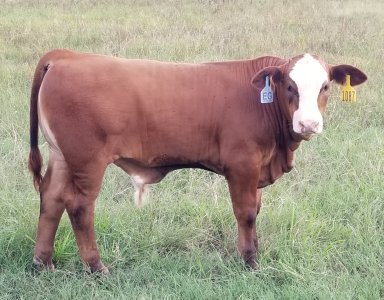tcolvin
Well-known member
I have a small operation with 15 -20 at different times of Black Angus, Charolais, Herford, Black face Baldees and one Holstein that has the best calves you could ever ask for. My Bull is a full blood (could be registered, but I see no value for me to do so) nice size big boy. My question is do you larger guys tag calves so you know who's mama is who's. What are the advantages of tagging them? Also at what age do you tag if you do so. My problem now is 4 black calves about same age and more to be this month, do I need to know who belongs to who? Also what is your method for doing this as mama cow doesn't think much of me bothering the baby. I have had cows and calves going on 7 years now and I have switched my herd early on from dairy breeds to all beef except for the one Holstein and that's another story. (Great Grands and one named her) as I said she has top notch all black calves that at 7 months will push 600-650 pounds or more. Nice calves. Thanks for your input.

